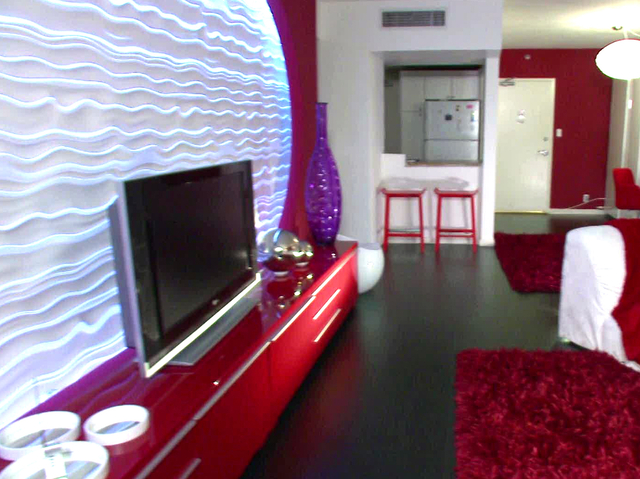Choosing a new shade for redecorating a room sounds like the easiest thing in the world to do. If you have actually tried doing that at least once, then you’d know how difficult it can actually be. The colours you choose to decorate or repaint should last for several years. So there’s no room for making a mistake. Even a little mistake would haunt you as long as you live in the same house. Therefore, if you are thinking about adding a fresh coat of colour to a room or an outdoor area of your home, here is a list of things to keep in mind:
Start with the Less Private Areas
When picking the shades, pick colours for the high traffic or formal rooms in the house first, such as the veranda, the living room, or the kitchen. Then base the shades for private areas like the bedroom on these. For example, if you have a bright red settee in the living room, you can choose a muter shade of red for the home office. But this is not a strict rule. Some homeowners prefer to have one colour scheme for the public areas and do a wholly different thing for the private areas.
Shade from Dark to Light
Most interior designers prefer to base colour schemes on how the natural world is coloured, from dark to light. The sky is always light, while the earth is always in a darker shade. Mimicking this pattern, interior designers choose light colours for the ceiling and the walls, and darker colours for the floor. For example, an earthy floor colour, a white ceiling, and beige walls would complete the nature-inspired colour scheme. Remember that the colours in nature changes skyward, so choose dark to light shades vertically. The shading will only come out properly if the painting is done properly as well. It’s highly recommended to use professional house painters Adelaide for serious painting jobs instead of DIY-ing the project.
Mind the Patterns in the Rooms
Rooms are rarely laid bare. Is there any other pattern in the room you can see on a rug, a curtain, sofa pillows, or even art hung on the wall? If so, you should choose the colour scheme based on this pattern. If there are multiple patterns in the room, work with the largest or the most prominent. You can choose the wall colour scheme based on the neutral colours present in the pattern. Then add accents based on the bright colours. You can contrast colours as well, which would contrast the pattern against the rest of the room.

Learn How to Put the 60-30-10 Rule to Work
Here’s how the experts recommend picking colours: Make 60 percent of the room in a dominant colour, use a secondary shade for 30 percent of the room, and then pick an accent colour for the remaining 10 percent. The dominant colour typically goes to the walls. Secondary colours are commonly reserved for furniture or upholstery. The accent colours are fulfilled by decorations like artwork, rugs, or sofa pillows. This is the best way to balance the various shades in the room.
Use the above tips to properly re-colour any room or exterior part of your home for a shiny new look.
